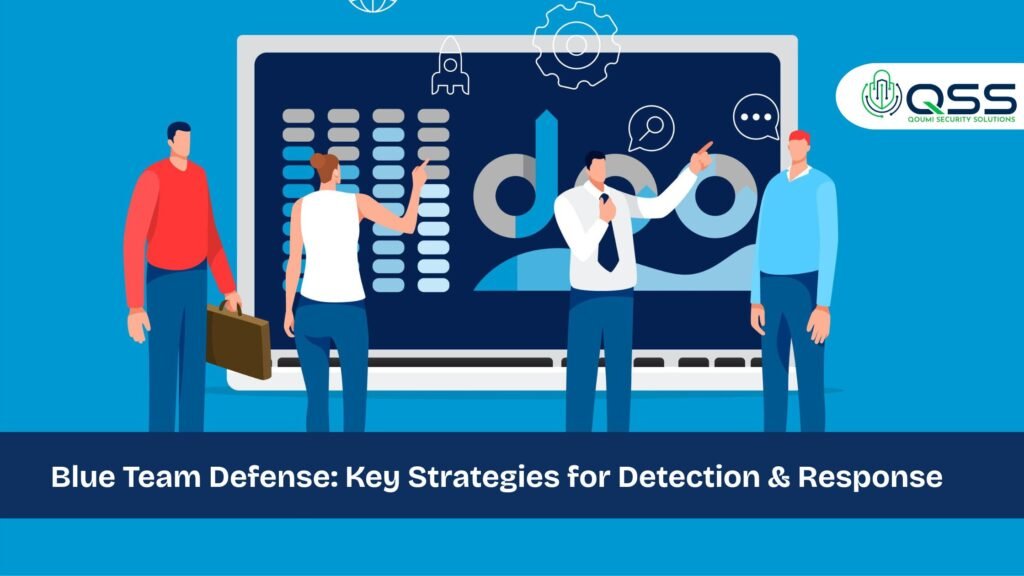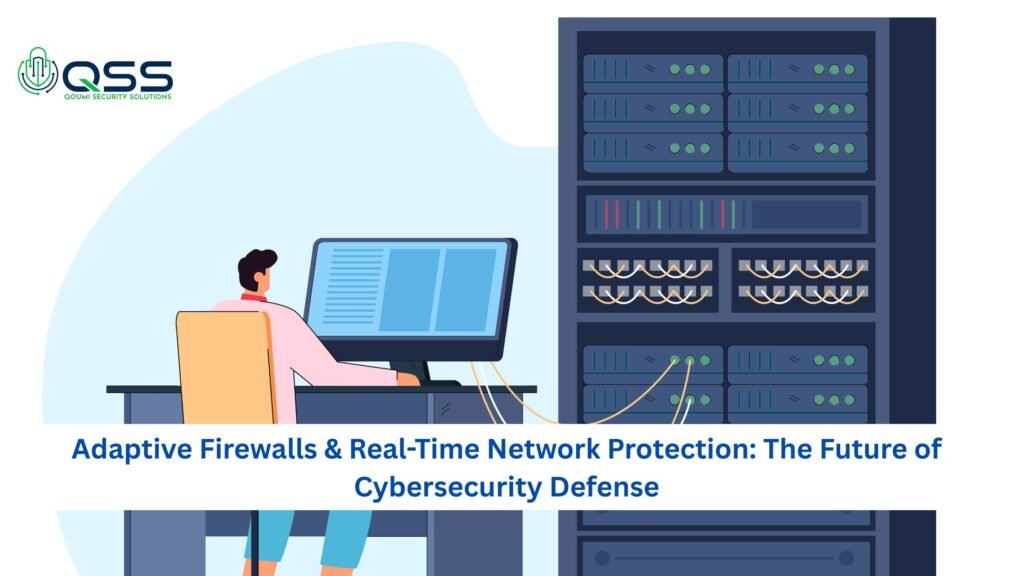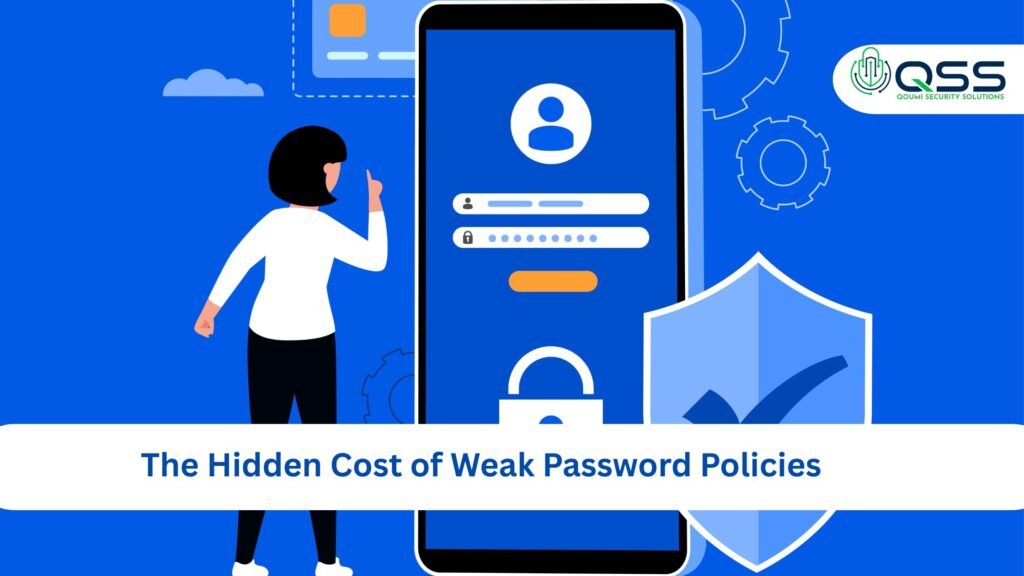Single Blog
Blue Team Defense: Key Strategies for Detection & Response
Blue Team Defense: Key Strategies for Detection & Response

In today’s fast-evolving cyber landscape, defending against attacks requires more than just firewalls and antivirus software. It demands a dedicated team of defenders—known as the Blue Team—who protect the organization’s networks, detect threats early, and respond rapidly to prevent damage.
While offensive teams (Red Teams) simulate attacks to identify weaknesses, the Blue Team’s core mission is to safeguard, monitor, and respond effectively to real-world threats. This blog delves into the essential strategies Blue Teams use in 2025 to keep organizations secure—helping businesses stay resilient in a world full of cyber risks.
What is the Blue Team?
The Blue Team is a group of cybersecurity professionals focused on defense. Their work centers around:
- Monitoring networks and systems 24/7 for signs of compromise
- Detecting intrusion attempts or malicious behavior promptly
- Responding swiftly to incidents to minimize impact and recover operations
- Continuously improving defenses to prevent future attacks
Unlike Red Teams that mimic attacks, Blue Teams build layers of defense and ensure the organization can withstand and bounce back from breaches. Their role is vital in turning a reactive security posture into a proactive and resilient one.
Key Strategies for Effective Blue Team Defense
1. Continuous Monitoring with Advanced Detection Tools
Modern cyberattacks often unfold stealthily over weeks or months. This makes ongoing vigilance imperative. Blue Teams use a suite of tools like Security Information and Event Management (SIEM) systems, Extended Detection and Response (XDR) platforms, and AI-powered analytics to watch network traffic, user activities, and application behavior in real time.
Behavioral analytics highlight deviations from normal patterns, flagging potential intrusions even if no known malware signature matches. This reduces false alarms and helps prioritize true threats.
By setting up dashboards and automated alerts, Blue Teams can pivot from manual log checks to focusing on strategic incident investigation—saving time while increasing detection efficiency.
2. Proactive Threat Hunting
Instead of waiting for alerts, Blue Teams engage in threat hunting—actively searching systems for lurking attackers who evade automated defenses. Using threat intelligence feeds and historical log data, hunters pursue “indicators of compromise” (IoCs) that hint at stealthy or persistent attackers.
Combining endpoint detection tools, network traffic analysis, and memory forensics, threat hunters dig deep past surface alerts. This proactive mindset catches attackers before they execute their final malicious goals, often stopping incidents early when damage is limited.
3. Incident Response Automation and Orchestration
When a breach happens, seconds count. Blue Teams rely on Security Orchestration, Automation, and Response (SOAR) platforms that centralize alerts and automate steps like isolating infected devices, blocking suspicious IPs, or collecting forensic data.
Automation accelerates response times, reduces human error, and allows security analysts to focus on complex decisions. Predefined playbooks ensure consistent, repeatable response actions tailored to incident type and severity.
Regular tabletop exercises or live drills help Blue Teams refine their procedures, ensuring all members know their roles and communication channels during high-pressure events.
4. Vulnerability and Patch Management
Blue Teams manage vulnerabilities by continuously scanning infrastructure for outdated software, misconfigurations, or weak security settings. Prompt patching and risk prioritization minimize “low hanging fruit” attackers can exploit.
Integrating vulnerability scanners with asset discovery ensures comprehensive coverage. Regular audits combined with remediation verification keep defenses hardened.
Clear communication with IT and development teams fosters rapid incident fixes, closing gaps before threat actors can exploit them.
5. Building a Security-Aware Culture
Technical tools alone won’t stop insider threats, phishing scams, or human mistakes. Blue Teams lead security awareness programs educating employees about recognizing social engineering, suspicious emails, and data handling best practices.
Regular phishing simulations paired with constructive feedback build user vigilance. A culture where employees feel comfortable reporting anomalies fosters faster incident detection and minimizes risk.
6. Collaboration with Red and Purple Teams
Blue Teams don’t work in isolation. Close collaboration with Red Teams (attackers) during controlled exercises helps defenders understand attacker techniques and improves detection capabilities.
This synergy fuels the growth of Purple Teams—blending offensive and defensive insights into a continuous improvement cycle. After Red Team simulations, Blue Teams analyze successes and failures, then fine-tune defenses accordingly.
7. Leveraging Threat Intelligence
Staying updated on emerging threats—from zero-day vulnerabilities to nation-state cyber espionage—is crucial. Blue Teams consume threat intelligence feeds, hacker forum chatter, and industry reports to anticipate attacker trends.
This intelligence feeds directly into detection rules, incident playbooks, and hunting activities, raising the bar for attacker efforts.
Tools that Empower Blue Teams in 2025
While strategy is key, the right toolset makes Blue Teams more effective:
- SIEM Platforms (e.g., Splunk, IBM QRadar) for data aggregation and correlation
- Endpoint Detection & Response (EDR) solutions (e.g., CrowdStrike, SentinelOne) for device-level threat visibility
- XDR platforms combining network, cloud, and endpoint signals for holistic detection
- SOAR Tools (e.g., Palo Alto Cortex XSOAR) for automating response workflows
- Threat Intelligence Platforms synthesizing data from multiple sources to contextualize attacks
Blue Teams integrate these tools into unified dashboards, enabling quick decision-making and reducing cognitive load on security analysts.
The Human Factor: Training and Expertise
No tool replaces human skill and judgment. Blue Team members need continuous training on emerging threats, attack techniques, and defensive technologies.
Certifications like Certified Incident Handler (GCIH), Certified Information Systems Security Professional (CISSP), and Certified Ethical Hacker (CEH) boost credibility and knowledge.
Moreover, fostering collaboration and reducing burn-out through efficient workflows improves team performance during critical incidents.
Real-World Success: Blue Team in Action
Consider a financial company facing a sophisticated phishing campaign targeting employees. Their Blue Team, equipped with real-time email filtering, endpoint alerts, and an active threat hunt program, quickly identifies an unusual login pattern.
Using SOAR automation, they isolate affected devices, roll out patches, and launch internal phishing awareness campaigns. Coordination with Red Team exercises previously uncovered similar weaknesses, allowing immediate containment. The company avoids what could have been a major data breach, saving millions in potential losses.
Conclusion: Blue Teams – The Guardians of Digital Trust
Blue Team defense truly is the backbone of organizational cybersecurity today. By combining continuous monitoring, proactive threat hunting, automated response, and fostering a culture of security awareness, Blue Teams turn defense into a dynamic and powerful advantage.
When it comes to building and strengthening your Blue Team capabilities, QuomiSecurity stands out as a trusted partner. QuomiSecurity offers comprehensive Blue Team services designed to elevate your organization’s defense posture. Their expert team leverages cutting-edge monitoring tools, threat intelligence, and incident response automation to detect and stop threats faster. Beyond technology, QuomiSecurity works closely with your staff to build security awareness and adaptive, resilient defense strategies.





